
What if saving the planet started with your lunch? The food you pick and toss can quietly change everything, from ocean health to clean air. It’s not about going extreme, though. It’s about eating smarter. Check out this eye-opening breakdown to see how your daily meals might hold surprising power to protect our planet’s future.
Choose Plant-Based Meals
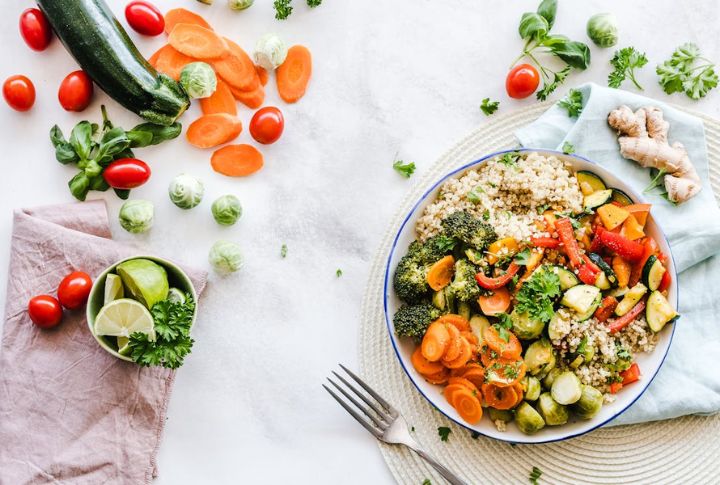
With forests disappearing and carbon levels rising, what’s on your plate matters more than you think. Eating plant-based meals is a great way to help. They use less land and water than meat. Every veggie-filled meal helps lower emissions and protect the planet.
Reduce Food Waste
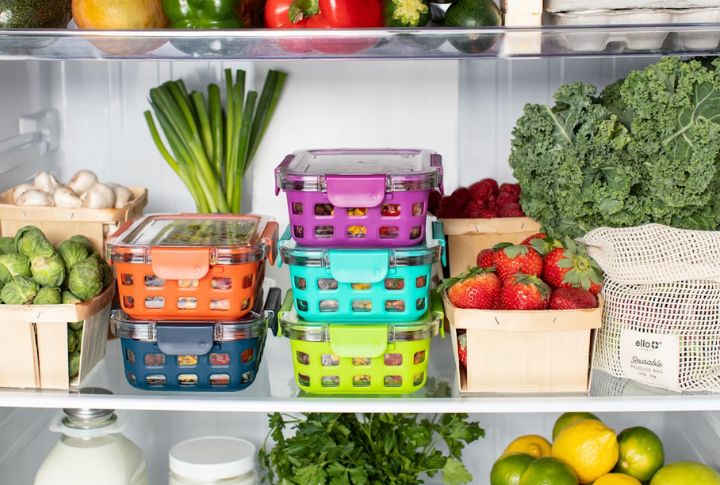
Going green can start in your kitchen. When you reuse leftovers or plan meals to avoid spoilage, you cut both waste and emissions. Even tiny habits, like proper storage, help slow methane buildup in landfills while saving you money over time.
Support Regenerative And Organic Farming
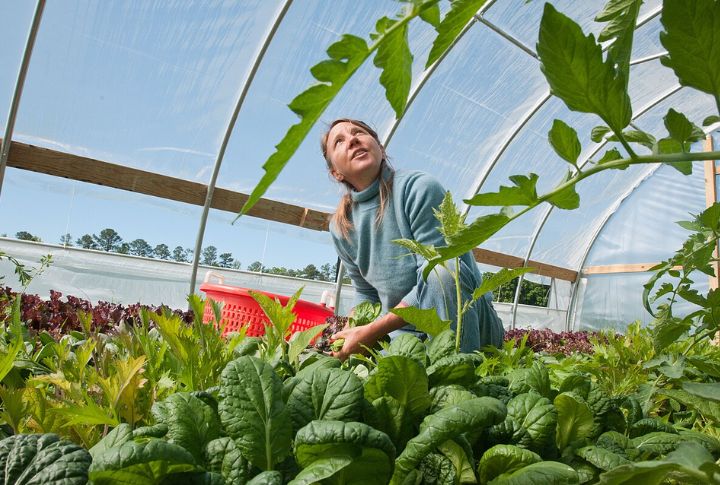
It all starts with the dirt under our feet. Regenerative and organic farmers skip the harsh chemicals to rebuild soil naturally and protect nearby water sources. The payoff is a stronger land that locks in carbon, plus stands up to floods and droughts.
Buy Locally Grown And Seasonal Produce
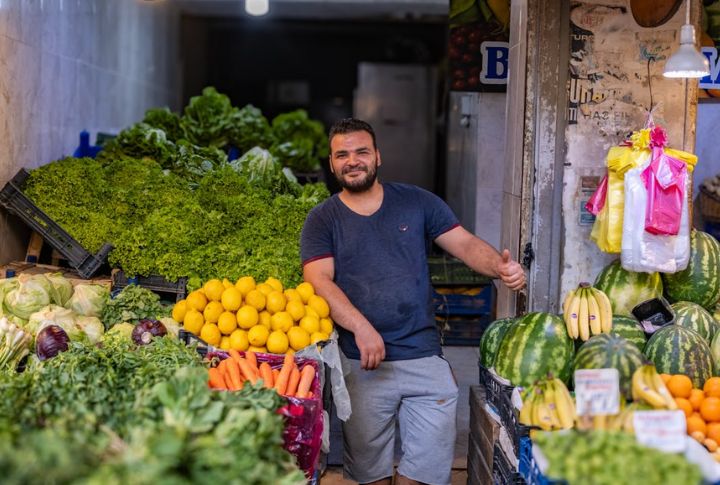
Every time you buy local, you’re cutting down on more than a grocery bill. Food that travels shorter distances burns less fuel and releases fewer emissions. Supporting nearby farmers also strengthens regional agriculture and lowers the demand for energy-intensive greenhouses far from home.
Cook More Meals

A home-cooked meal is a quiet act of sustainability. By choosing whole ingredients over processed ones, you cut out layers of plastic and factory emissions. Each time you cook, you create less waste and lighten your footprint on the planet.
Embrace Sustainable Seafood Choices
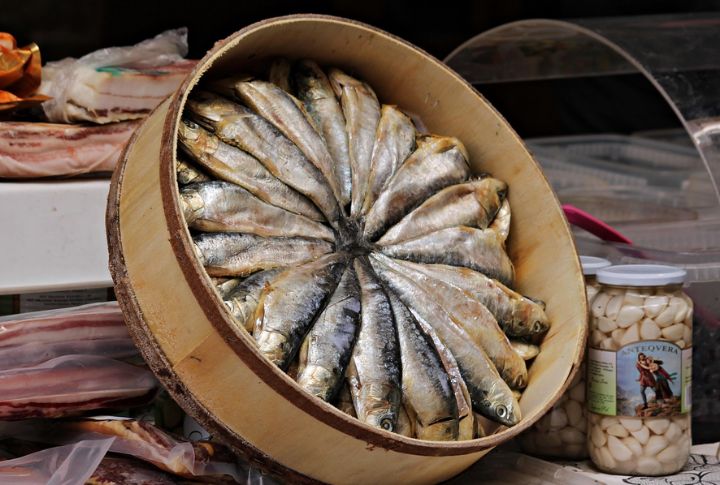
Ocean life is struggling, but your choices matter. So, look for MSC or ASC labels to spot responsibly caught fish. Smaller fish like sardines and farmed shellfish such as mussels are great picks. They’re packed with protein and easy on marine ecosystems.
Choose Foods Grown With Water-Efficient Practices
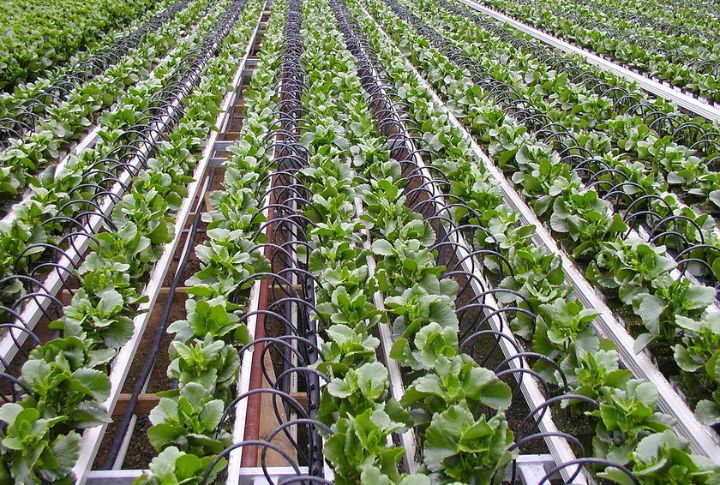
Water is running low in many parts of the world, so farmers are finding smart ways to use less. Choosing foods grown with drip irrigation or similar methods supports these efforts and helps protect freshwater sources for our future generations.
Grow Your Own Herbs And Vegetables
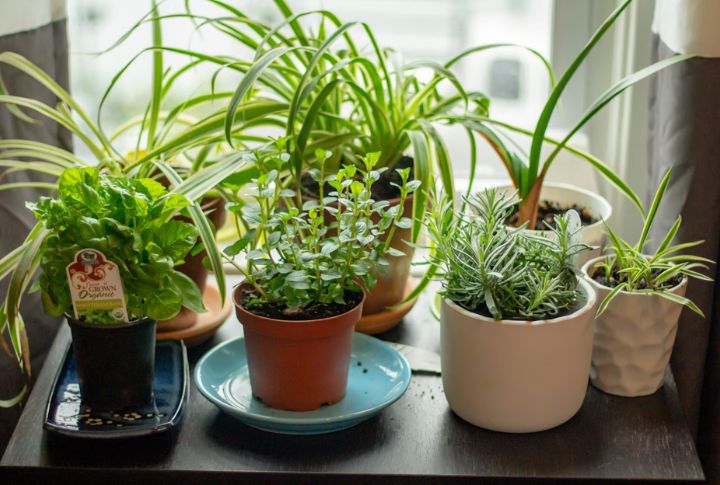
Surprisingly, your kitchen windowsill can actually be a force for good. Fresh herbs and veggies grown at home skip the plastic as well as the trucks and go straight to your plate. It’s an easy, rewarding way to lighten your environmental footprint.
Compost Food Scraps
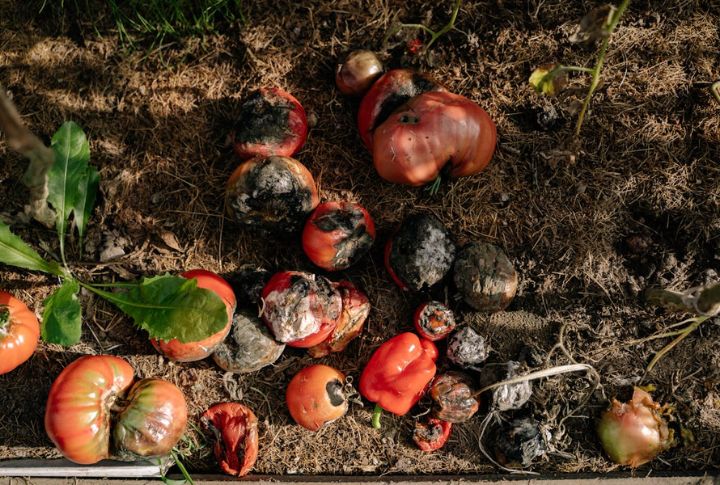
Don’t toss your food scraps. Instead, turn them into gold for your garden. Composting keeps waste out of landfills and offers nutrient-rich soil that helps plants grow without chemicals. That’s how nature recycles, and it smells better than you’d think.
Prioritize Foods With Compostable Packaging
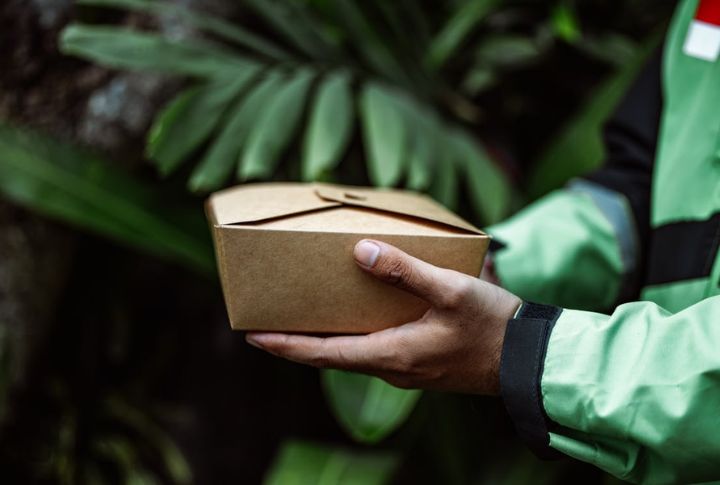
Packaging doesn’t have to pile up in landfills anymore. More companies are using compostable materials made from plants like cornstarch and sugarcane. By choosing these or bringing your own containers for bulk shopping, you also help cut down on plastic waste.

